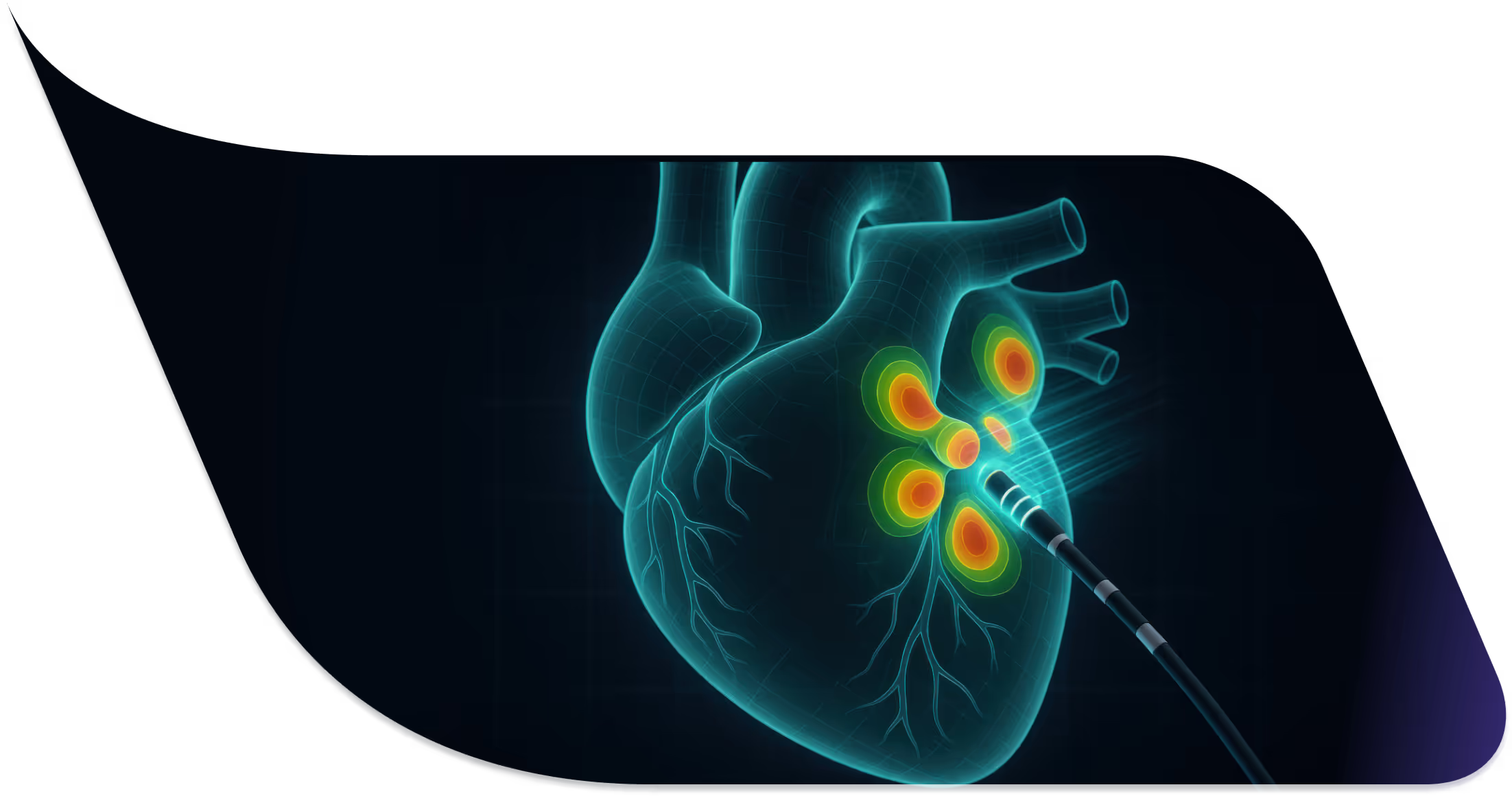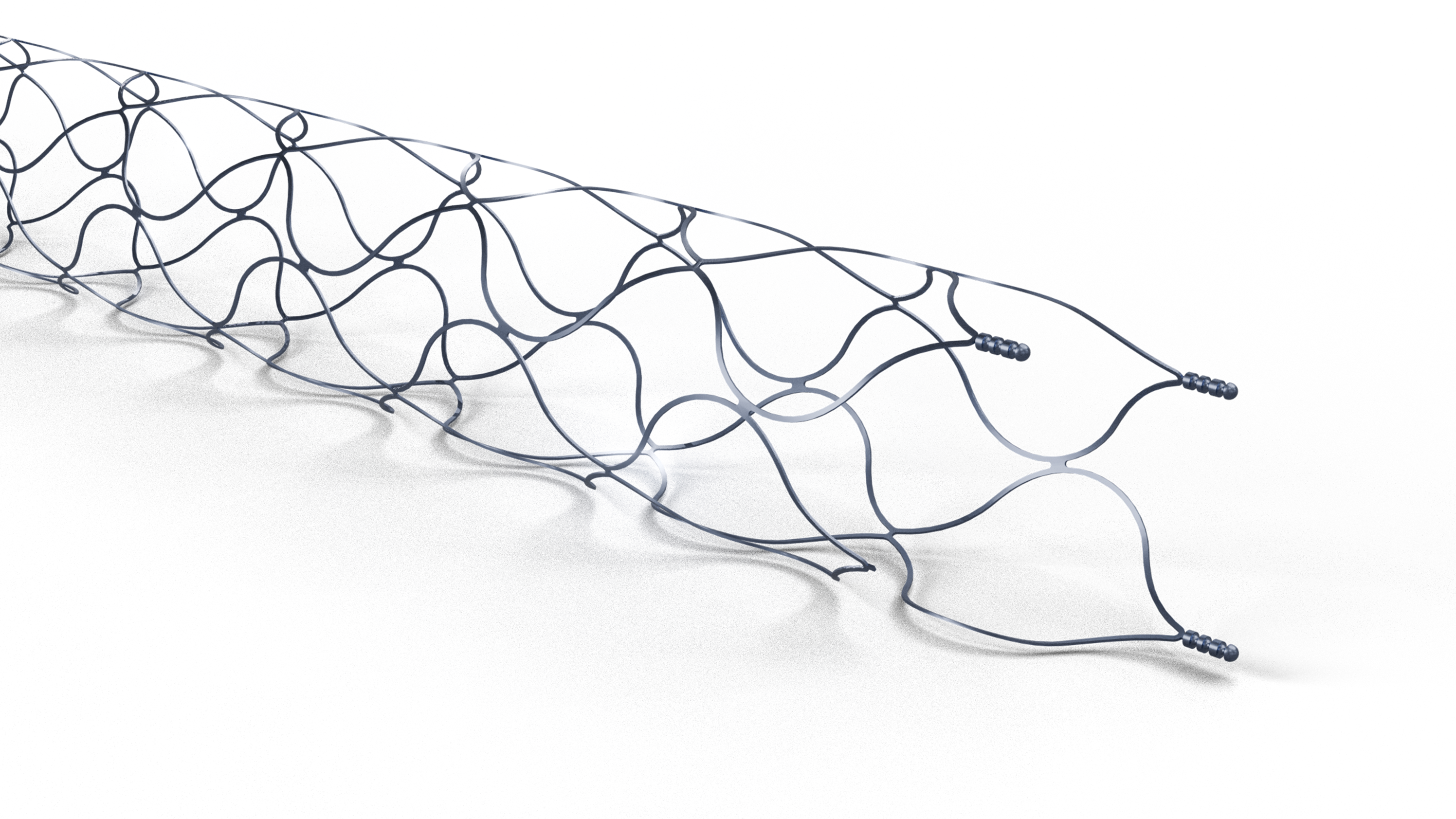.png)
%20(2).avif)

.png)
Pacemakers and implantable cardioverter-defibrillators (ICDs) are advanced cardiac rhythm management devices vital for treating cardiac arrhythmias like bradycardia, heart block, and ventricular fibrillation, with millions of people worldwide living with pacemakers and hundreds of thousands of new implants performed annually to prevent sudden cardiac arrest. These cardiac implantable electronic devices (CIEDs) are increasingly common due to rising cardiovascular diseases from aging populations, sedentary lifestyles, metabolic syndromes such as diabetes and obesity, and comorbidities like atrial fibrillation (AFib) or heart failure, featuring innovations like leadless pacemakers for single-chamber pacing and subcutaneous ICDs (S-ICDs) that reduce transvenous lead risks through extravascular methods lowering infection and invasiveness.
Platinum’s durability, inertness, and electrical conductivity makes it an ideal electrode material for devices such as pacemakers and defibrillators. The early generation devices have leads with either active fixation electrodes or passive fixation electrodes. The electrodes deliver electrical impulses to the heart muscle—in the case of a pacemaker, these ensure that the heart beats regularly and at an appropriate pace, while in the case of a defibrillator, a much stronger electrical shock is delivered as soon as the device detects a dangerously irregular heartbeat. Each lead typically has one titanium nitride coated platinum-iridium electrode, two or more ring electrodes, and platinum feed through connectors, used to connect the pulse generator to the lead. The latest generation of implantable generators have precision machined parts made up of precious metals that assist with the device’s functions.
Platinum’s durability, inertness, and electrical conductivity makes it an ideal electrode material for devices such as pacemakers and defibrillators. The early generation devices have leads with either active fixation electrodes or passive fixation electrodes. The electrodes deliver electrical impulses to the heart muscle—in the case of a pacemaker, these ensure that the heart beats regularly and at an appropriate pace, while in the case of a defibrillator, a much stronger electrical shock is delivered as soon as the device detects a dangerously irregular heartbeat. Each lead typically has one titanium nitride coated platinum-iridium electrode, two or more ring electrodes, and platinum feed-through connectors, used to connect the pulse generator to the lead. The latest generation of implantable generators have precision machined parts made up of precious metals that assist with the device’s functions.
EP catheters have an electrode on the end of the catheter that is threaded through an artery into the heart to record electrical activity while emitting electrical impulses to test the heart’s response. JM provides a variety of precious metal components for EP catheters.We partner with the leaders in EP from the early concept and design phases to develop precision micromachined irrigation tip electrodes, ring electrodes, marker bands and other precious metal components. In addition to the metal component, our coatings and surface solutions applied to our components enhance the performance of the catheters used in these procedures. We also have metal management solutions for our customers to maintain supply chain continuity for their immediate needs.
.png)
.avif)
We collaborate with EP industry leaders to develop precision micromachined irrigation tip electrodes, marker bands, and custom shape-set nitinol components.
Learn more
Elevate neurovascular patient outcomes with precision manufactured embolization coils, nitinol self-expanding stents, flow diverters, and radiopaque markers.
Learn more.png)
Outside of our featured therapy areas, our precious metal and nitinol product portfolios are well-suited for applications in other markets like neurostimulation, structural heart, ophthalmology, and cochlear.
Learn more.avif)
Our laser-cut nitinol components and precious metal products are essential for advancing minimally invasive endovascular surgical techniques in vascular and peripheral vascular interventions.
Learn more.jpg)
The next generation neurostimulation devices rely upon complex engineering of micromachined miniature components
Learn more%20(1).avif)
Peripheral artery disease (PAD) is a global public health and socioeconomic problem affecting millions
Learn more.avif)
Outside of our key therapy areas, our product portfolio includes precious metal and nitinol components.
Learn more